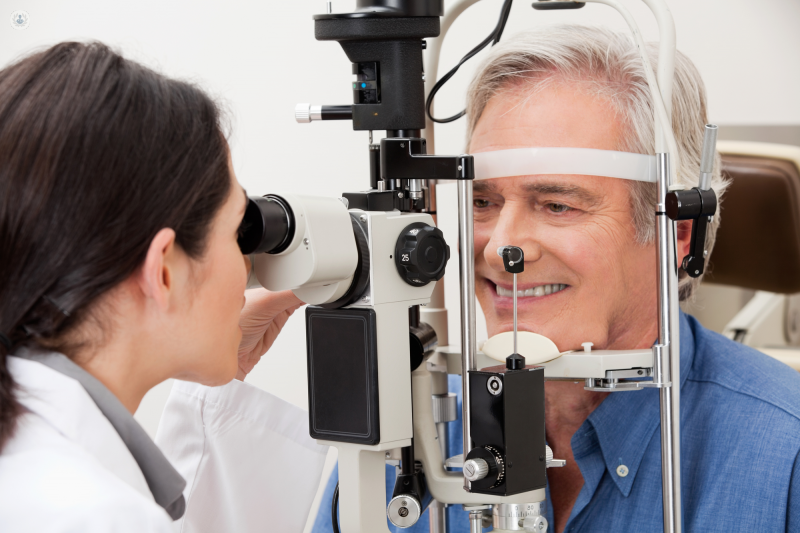

What is orbital cellulitis?
Orbital cellulitis is an acute infection of the tissues surrounding the eyes, specifically the eyelids and eyebrows that can spread to the cheeks.

What are the symptoms of orbital cellulitis?
Symptoms can include:
- Painful inflammation of the upper and lower eyelid and possibly of the cheek and eyebrow
- Decreased vision
- Bulging eyes
- Fever, usually 38.9°C or higher
- Eye pain, especially when moving the eye
- A general feeling of discomfort
- Bright red or purple eyelid
- Difficult or painful eye movements
How is orbital cellulitis diagnosed?
Your doctor will diagnose the condition with a simple physical exam and take a look at your medical history. If eye pain and vision problems are present, your doctor may perform a blood test. Sometimes a CT scan or MRI scan will be used to get a clearer picture of the eye and the inflammation.
What are the causes of orbital cellulitis?
This condition is usually the result of a sinus infection which spreads to the eyes, eyelids and areas surrounding the eyes, like the brows and cheeks. Bacterial infection, that might occur after an injury or an insect bite can also lead to orbital cellulitis. Children are more likely to be infected in comparison to adults. The bacteria that most commonly causes orbital cellulitis are:
- Haemophilus influenza
- Staphylococcus
- Streptococcus
Can orbital cellulitis be prevented?
Hib (Haemophilus influenza type B) vaccines can prevent Haemophilus influenza type B infection in children and prevent this from causing orbital cellulitis. It is also possible that children who share a family group with someone who has this infection have to take antibiotics to avoid becoming infected.
On the other hand, adequate treatment of a sinus infection or a dental infection can prevent bacteria from spreading to the eyes and causing cellulitis of the eyelids and tissues around the eyes.
What is the treatment for orbital cellulitis?
It is essential to treat orbital cellulitis adequately so that it does not cause damage that can persist into adulthood. Most cases will require hospitalization. Antibiotics will be given intravenously through a vein in the arm.
Surgery may also be needed to drain the abscess or relieve pressure around the eyes. Orbital cellulitis should be treated rapidly to avoid complications or loss of vision.
